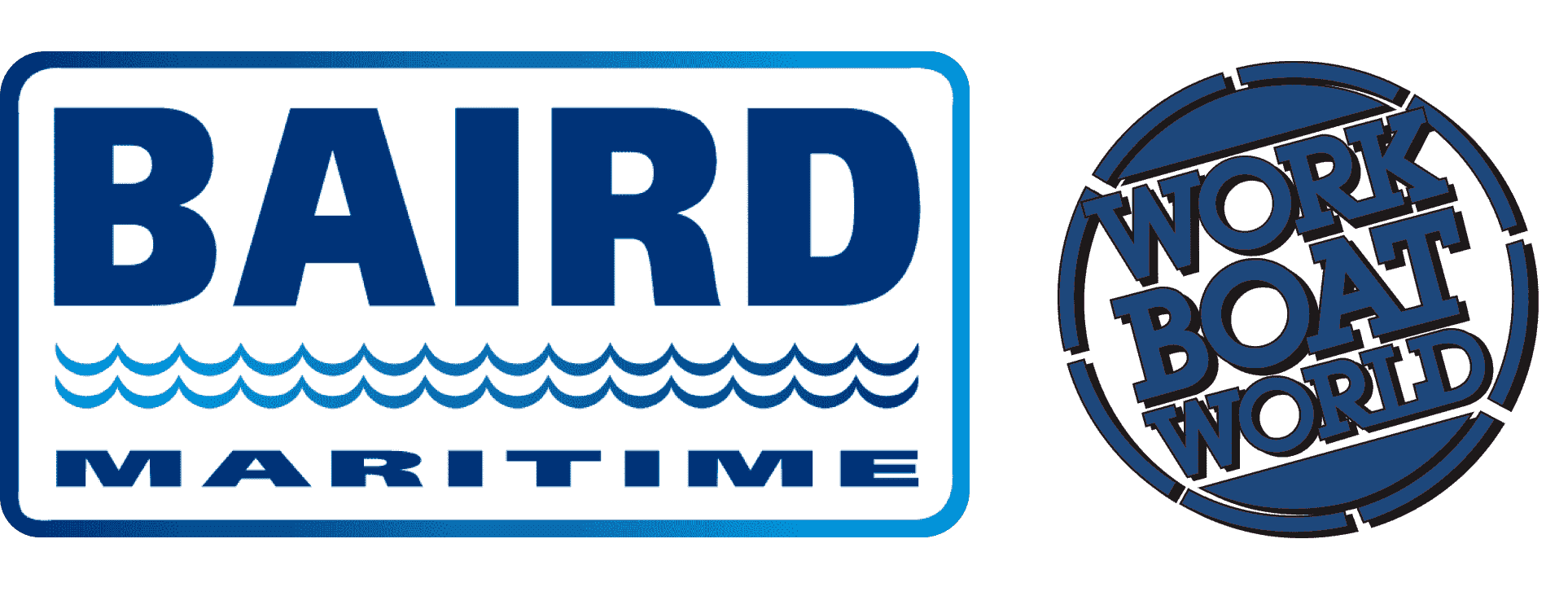OPINION | Japan wants to offload six warships, but should the Philippines take them?
Last week, Japanese media announced a proposal to transfer six of the Japan Maritime Self-Defence Force’s (JMSDF) Abukuma-class destroyer escorts to the Philippine Navy (PN).
Built between 1988 and 1991, the fleet has had a long and distinguished career in active commission. They were some of the first warships in the JMSDF to incorporate stealth technology, reducing the radar profile of the vessel.
Equipped with a mix of anti-surface and anti-submarine warfare capabilities, they packed a strong punch – especially for such a relatively small platform.
Analysts were eager for the PN to acquire the warships for its fleet. But faced with a national budget buckling under the weight of military modernisation, can Manila really afford another big-ticket item on the shopping list?
Limited resources coupled with a decades-long focus on internal security meant that the PN was no stranger to second-hand equipment.
Its fleet was an interesting mix of old and new vessels from a variety of partner countries: ex-Hamilton-class cutters and Cyclone-class patrol ships from the United States, Peacock-class corvettes from the United Kingdom, a Pohang-class corvette from South Korea, among others.
With the rollout of the Revised Armed Forces of the Philippines Modernisation Program in the 2010s, Manila began to move past hand-me-downs towards acquiring purpose-built warships of its own.
And beyond a few instances in 2019 and 2023, subsequent acquisitions were almost always “brand new”.
A large part of it had to do with utility. While second-hand equipment may be cheaper in the short-term, a decommissioned warship does not have the same mileage as a new one.
Even after refurbishment, well-serviced vessels can only reasonably be expected to extend their lifecycle by around 10 to 15 years before they become more trouble than they’re worth. Not to mention the added cost of upgrades and subsequent maintenance.
At best, vessels such as the Abukuma-class destroyer escorts are only stopgap measures for a modernising fleet – especially one like the PN, which lacks credible anti-submarine warfare capabilities beyond platforms such as the Jose Rizal-class frigate and the AW159 Wildcat helicopter.
But platform costs are only part of the acquisition equation. For the Philippines, the Abukuma proposal is a transfer and not a sale of second-hand defence equipment.
Manila does not need to pay Tokyo for the ships themselves; what Manila does need to pay for is everything else. As is standard practice, Japan will strip the vessels of their systems and work to refit and refurbish them under a joint development project (JDP) with the Philippines.
Entering a JDP would significantly decrease the burden of acquisition for Manila, opening up alternative funding sources such as favourable loans and official security assistance from Japan.
More importantly for Tokyo, the JDP allows it to circumvent constitutional restrictions that would prevent the transfer of defence equipment to the Philippines unless otherwise modified for non-kinetic use.
So, as far as the platforms themselves – and their accompanying systems – are concerned, Manila seems to have a workaround.
The tougher challenge has to do with sustainment. At 2,000 tons, the Abukuma-class destroyer escorts will be some of the largest platforms in the Philippine fleet. Large vessels need even larger berths to dock at when they are not at sea – and other onshore facilities for servicing.
Right now, the Philippines is already expecting eight new vessels – six Rajah Sulayman-class offshore patrol vessels from South Korea and an additional two Tarlac-class landing platform docks from Indonesia – to arrive by 2028. This is excluding a second Miguel Malvar-class frigate arriving later this year, as well as planned acquisitions of smaller, more mobile attack craft.
Today, with talks of a new frigate deal on the horizon, Manila is desperately playing catch-up with the infrastructure to support naval modernisation. While the PN does operate a variety of naval installations across the country, only a few, such as Naval Operating Base Subic and Naval Base Cavite, are actually capable of supporting larger vessels.
Infrastructure development efforts under its Strategic Basing Plan have only just begun in earnest, and its benefits will not be fully realised until its 2040 target date.
In the end, what defence planners need to understand is that these platforms do not exist in isolation. Not only do they need to make sense within an existing force structure – they need to make sense within a broader defence ecosystem.
There is no doubt that a fleet of Abukuma-class destroyer escorts will be a significant boost to the PN’s capabilities. At a time when anxieties around the Taiwan Strait and its own territorial dispute with China heighten the risk of armed conflict, the Philippines needs larger, more capable warships at sea to deter – and ideally defeat – its potential adversaries.
But naval modernisation must always proceed at a sustainable rate; and right now, everything else is struggling to keep pace. A few could still make the cut, but introducing an entirely new class of warships in one go might just be a logistical nightmare the PN is unprepared for.


